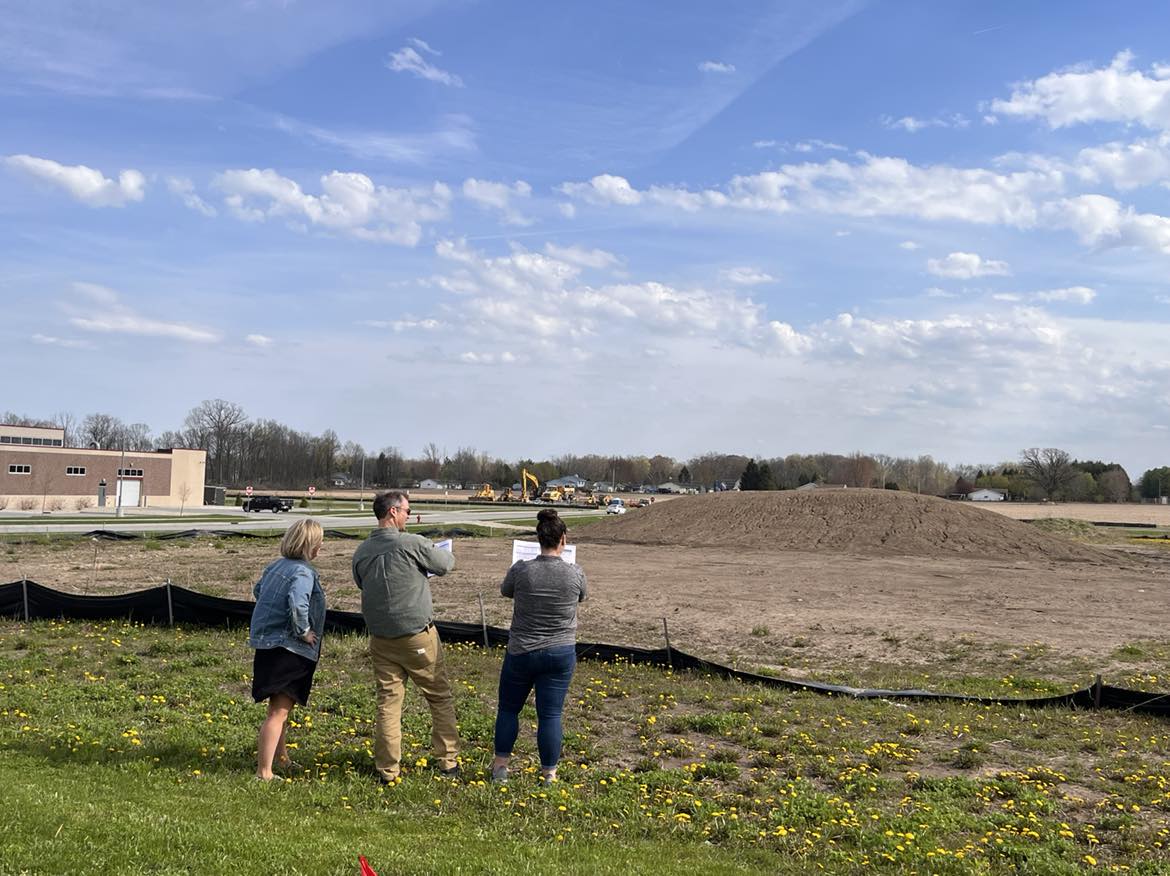Tax Incremental Districts (TIDs), often known as Tax Increment Financing (TIF) districts, are a powerful tool that local governments can utilize to foster vibrant communities and promote economic growth. Designed as a tool to promote growth, particularly in blighted or underdeveloped areas, TIDs have proven to be a catalyst for beneficial change. Still, misunderstandings and myths about their purpose and function persist. Let’s address some of these misconceptions.
Myth 1: TIDs Deprive Local Governments of Revenue
Some fear that TIDs siphon off funds that would otherwise flow into general municipal coffers. However, it’s essential to understand that the increment—the additional tax revenue created by the new developments in the TID—would not exist without the initial investments catalyzed by the district. In the long run, as the TID matures and completes its lifecycle, local governments often find themselves overseeing a much more prosperous area than before, generating more sustainable revenue streams in the long run.
Myth 2: TIDs Divert Funds from Essential Public Services
A related misconception is that funds needed for essential services, like schools and healthcare will be diverted by a TID. In reality, TIDs direct a portion of the increased property tax revenue generated by new developments or improvements within a designated area towards financing necessary infrastructure and community enhancement projects. These projects, ranging from revitalizing blighted areas to constructing new public spaces, ultimately contribute to the overall quality of life for residents and businesses.
Myth 3: TIDs Only Benefit the Wealthy
Contrary to this common belief, TIDs are frequently implemented in areas that need economic revitalization the most. These zones often have aging infrastructures, under-utilized properties, or vacant lands. By allocating tax revenues from the growth in these areas specifically for reinvestment in the district, municipalities can improve public amenities, spur private investment, and foster community engagement, benefiting the broader population, not just the wealthy.
 Myth 4: TIDs Only Benefit Large Corporations and Developers
Myth 4: TIDs Only Benefit Large Corporations and Developers
TIDs can be tailored to benefit the entire community. Small businesses and local entrepreneurs often reap rewards by establishing themselves in these rejuvenated districts, where increased foot traffic and improved infrastructure create a favorable environment for growth.
Myth 5: TIDs Only Lead to Short-Term Gains
While TIDs do allocate tax revenue to fund initial improvements, they often pave the way for sustained economic expansion. As the district flourishes and property values rise, the additional tax revenue generated far surpasses the original investment, bolstering both local coffers and community progress in the long run.
Myth 6: TIDs Cause Gentrification
 Well-planned TIDs can incorporate affordable housing provisions and inclusive development strategies, ensuring that the benefits are shared equitably among residents of all income levels.
Well-planned TIDs can incorporate affordable housing provisions and inclusive development strategies, ensuring that the benefits are shared equitably among residents of all income levels.
While any tool has its challenges and limitations, Tax Incremental Districts, offer an effective mechanism for municipalities to ignite growth, improve infrastructure, and enhance their communities. By dispelling common myths and misconceptions, we can better appreciate the potential benefits that TIDs bring to communities, turning neglected areas into thriving hubs of activity and growth.
For information about how EDWC can help you accelerate growth plans for your business through RLF funding, incentives, consulting, and top-tier data and analysis, get in touch today.






